Top dressing of apple trees in the fall: the better to fertilize for a good harvest next year
It is well known about the beneficial effect of fertilizing and fertilizing apple trees in autumn. This is an opportunity to increase the laying of flower buds for the next year, and reach a new quality of fruit, and store nutrients in the branches and roots, and therefore, strengthen the immune system and endure the winter without problems.
The article below is devoted to how and when to do this correctly, to the peculiarities of feeding young and old trees, as well as to the autumn care of the fruit tree.
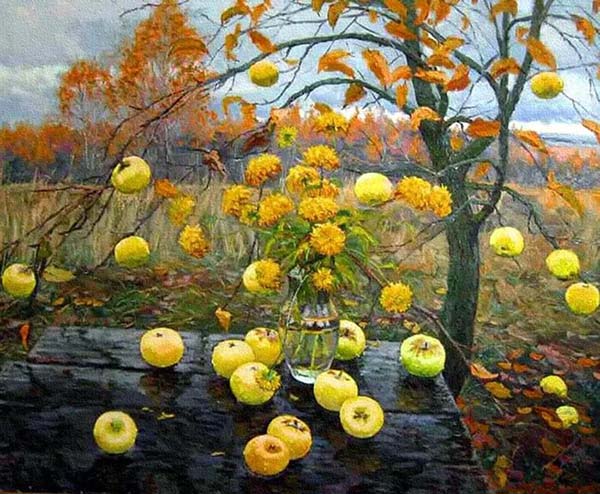
Content
What is the autumn feeding of the apple tree for?
Many novice summer residents mistakenly believe that there is no point in autumn dressing, because the plant is retiring. However, feeding the apple tree in the fall is included in the list of recommended and mandatory measures to prepare the tree for winter.
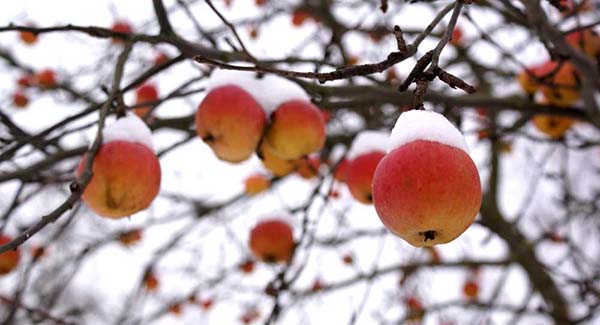
Actually, the need for annual autumn fertilization of apple trees is due to the fact that before wintering, trees must strengthen your root systemso to speak increase winter hardiness (especially it concerns young trees) so that they can more easily withstand strong drops in temperature (frost), as well as increase the immunity of trees, their resistance to various kinds of diseases.
How to properly feed apple trees: types and rules
Note! Autumn apple trees require only phosphate-potassium fertilizers, no nitrogen.
Root dressing - fertilizers are applied directly under the root of the plant, that is, in its near-stem circle (along the perimeter).
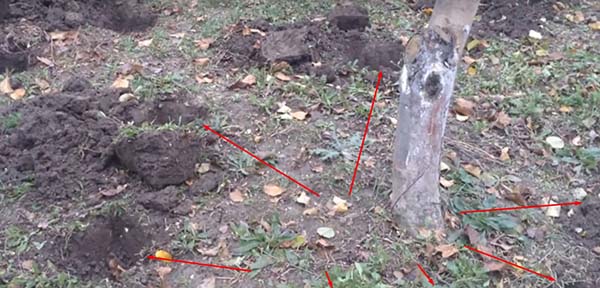
Root feeding can be liquid (fertilizers are pre-dissolved in water) or dry (scattered around the trunk circle). At the same time, dry dressing is convenient to carry out during the rainy seasons, for example, in the same autumn. However, as for young trees, it is better to feed them with liquid solutions.
Foliar dressing - fertilizers are applied through the aerial part of the tree, that is, through the surface of the leaves by spraying them.
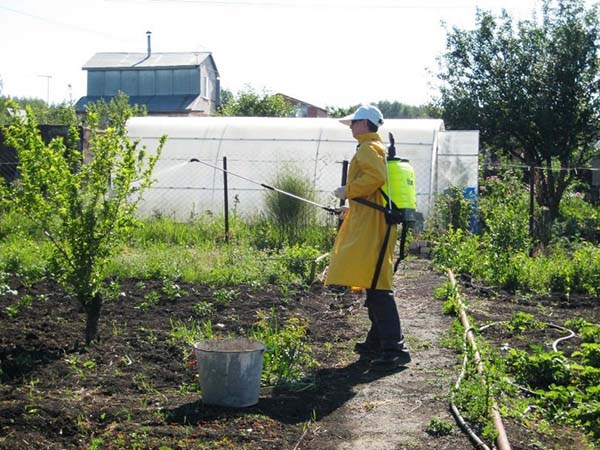
Note! As a rule, foliar feeding of the apple tree is not carried out in the fall, unless it is done autumn eradication treatment (spraying) from pests and diseases... For this you need, for example, inkstone... But already during spring processing any copper preparations - same copper sulfate orbordeaux liquid, or special drugs - "Hom", "Oxyhom", as well as "Horus", "Skor", etc.
When you do root dressing, fertilizer needs to be applied not under the barrel, but necessarily stepping back from the tree by 50-70 cm or more... It is at this distance that the roots of the tree are located, which you want to feed. At the same time, it is more rational to bury fertilizers into the soil in small doses, or simply scatter them along the projection (perimeter) of the crown, then digging up a shovel 1/2 bayonet (10-15 centimeters).
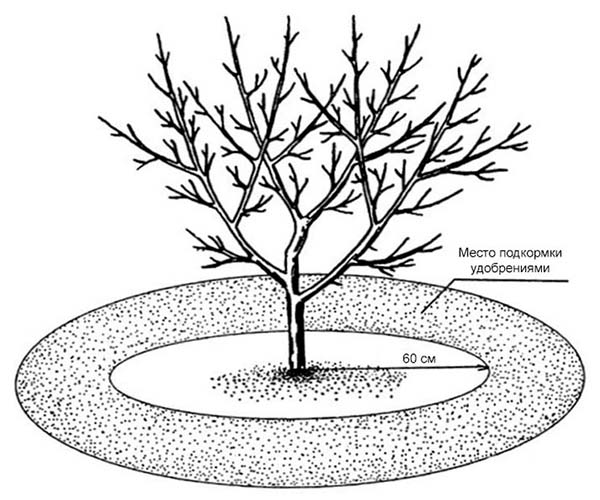
Important! Fertilization can only be done on wet soil, so the tree should be watered before and after feeding.
When to feed an apple tree in the fall: optimal timing
The last feeding of the apple tree in the season is performed at the very beginning of autumn, already after harvestwhen the soil is still warm and the plant is still awake (the root system works fine), that is, before the onset of frost, at least 2-4 weeks.
But better immediately after fruiting and harvesting.
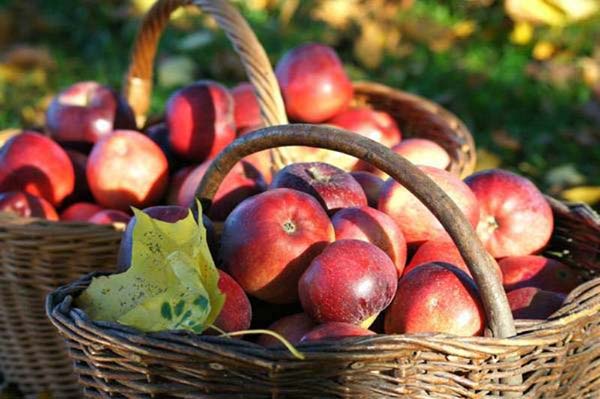
Shortly speaking, approximate terms of autumn feeding of apple trees - this second half of August - September... In the Urals and Siberia - early, in the Middle Lane (Moscow region) - a little later, in the South the event is sometimes postponed even until October.
Features of feeding young and old apple trees in the fall: what and how to fertilize
Young and already adults actively bearing apple trees need different feedings, more precisely, in their different concentrations (the larger the tree, the more it needs nutrition).
Clarification! Young - these are not yet fruit trees.
As a rule, apple trees begin to bear fruit in the 5-8th year. By the way! If the tree still does not bloom and bear fruit, then about the reasons and solutions to the problem you can read here.
Old (adults) - these are trees that have already entered the fruiting phase (over 5-8 years old).
Young apple trees
Young apple trees in the fall can be fed with the following phosphorus and potash fertilizers:
- prepare a complex liquid solution of phosphorus-potassium fertilizers (20-30 grams superphosphate and 15-20 potassium sulfate per 10 liters of water) - 10-20 liters per 1 tree, or apply dry fertilizers in the same amount along the perimeter of the trunk circle (according to the crown projection) and embed it in the soil.
Note! Superphosphate is very poorly soluble in cold water, so it is advisable to first dissolve it in hot water (even better in boiling water).
- or a complex solution of potassium monophosphate (10 grams per 10 liters of water per 1 square meter of the trunk circle).
Potassium monophosphate is the most effective phosphate-potassium fertilizer, i.e. acts instantly (unlike superphosphate), but at the same time it is quite expensive.
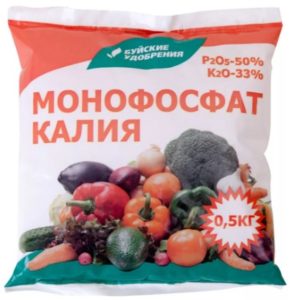
- Also as an organic potash supplement can be used wood ash (100 grams per 10 liters of water or 1 sq.m.), and phosphoric — bone meal (100-200 grams per 1 square meter of trunk circle).
Old (adult) apple trees
Adult fruiting (already fruiting) apple trees can be fed in the fall with such fertilizers:
- prepare a phosphorus-potassium solution in the amount of 20-50 liters (30-40 grams of superphosphate and 20-30 grams of potassium sulfate per 10 liters of water) - for 1 tree, or apply dry fertilizer along the perimeter of the trunk circle in the same amount of fertilizer.
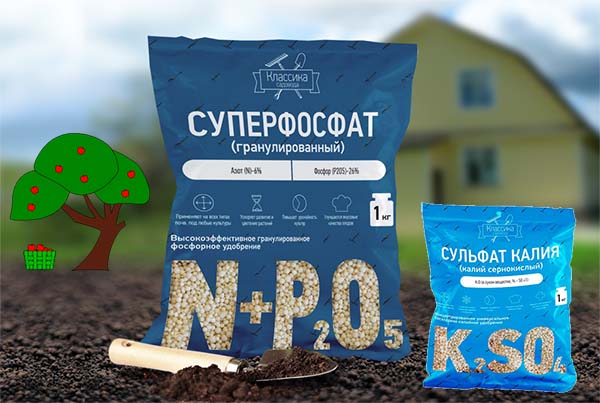
It is logical! If you want to use double superphosphate, then the application rate should be halved.
- or complex solution potassium monophosphate (20 grams per 10 liters of water per 1 square meter of the trunk circle).
- as an organic potash top dressing, you can again scatter (pour) dry around the trunk circle wood ash (somewhere around 200 grams per 1 sq. m, phosphoric - bone meal (300-400 grams per 1 sq. m.).
Advice! If the harvest this year was a record, then the apple tree will definitely need more potassium to recuperate after abundant fruiting.
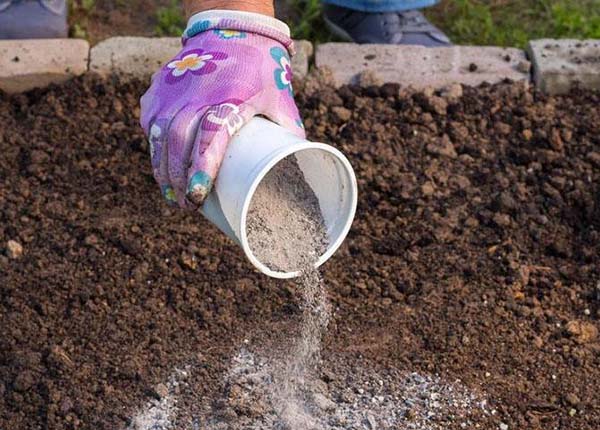
For lazy gardeners have long been specially thought upready-made complex autumn dressings for fruit trees and shrubs.
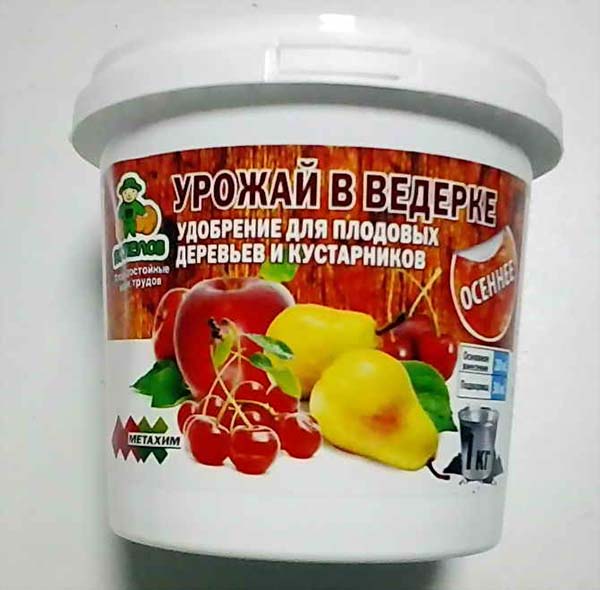
Note! If autumn is issued rainythen you can just scatter fertilizer around the tree (dry root), ifdrythen better dissolve in water and pour (liquid root).
What other activities are included in the autumn care of the apple tree
A couple of weeks before the start of autumn frosts, try to properly mulch the tree trunk circle, for this, both well-rotted manure (humus) and compost are suitable. This will be not only additional protection against soil freezing, but also a kind of future spring feeding.
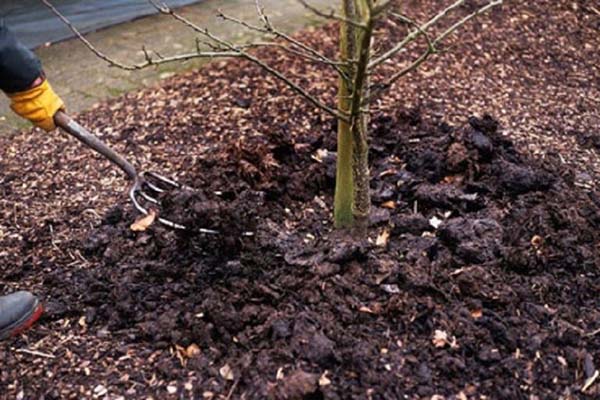
Important! In addition to the fact that you should definitely fertilize the tree, you also need an apple tree properly prepare for winter (cut and cover), includingwhitewash.
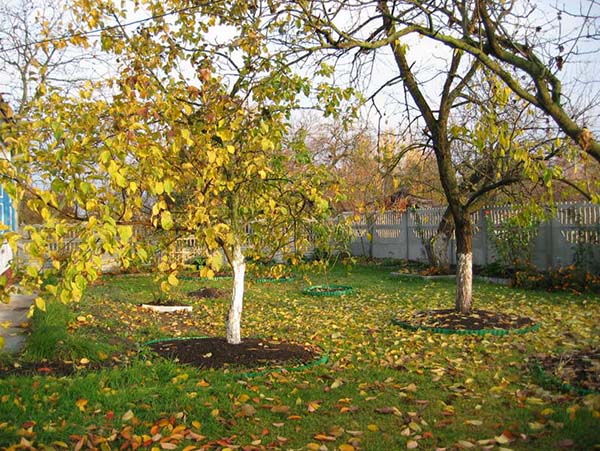
So that you will not be disappointed by the apple harvest next year, take care of fertilizing and feeding in the fall. This will help the apple tree survive the winter without loss and lay the foundation for a new harvest.
Video: autumn feeding of apple trees


How can you fertilize trees if there is a lawn under and around it?
Alternatively, you can feed the same fertilizers as the lawn (just do not use nitrogen fertilizers in the autumn - only phosphorus-potassium fertilizers).
But it is even better if you dig up the sod once every 5 years, applying an abundant amount of fertilizers (complex), and then reseeding the lawn grass again. Or you can simply mulch the trunk circle, i.e. leave it unseeded (which is even preferable).
Very useful information